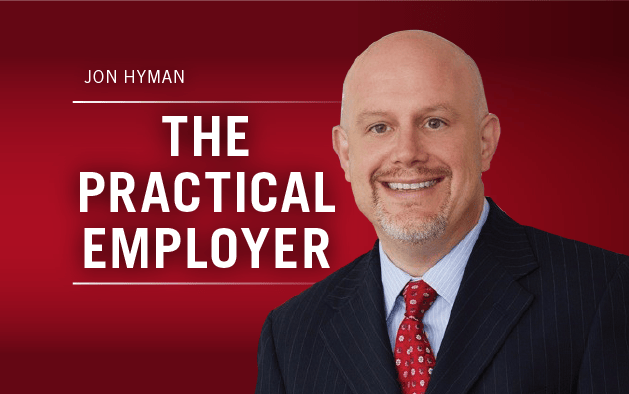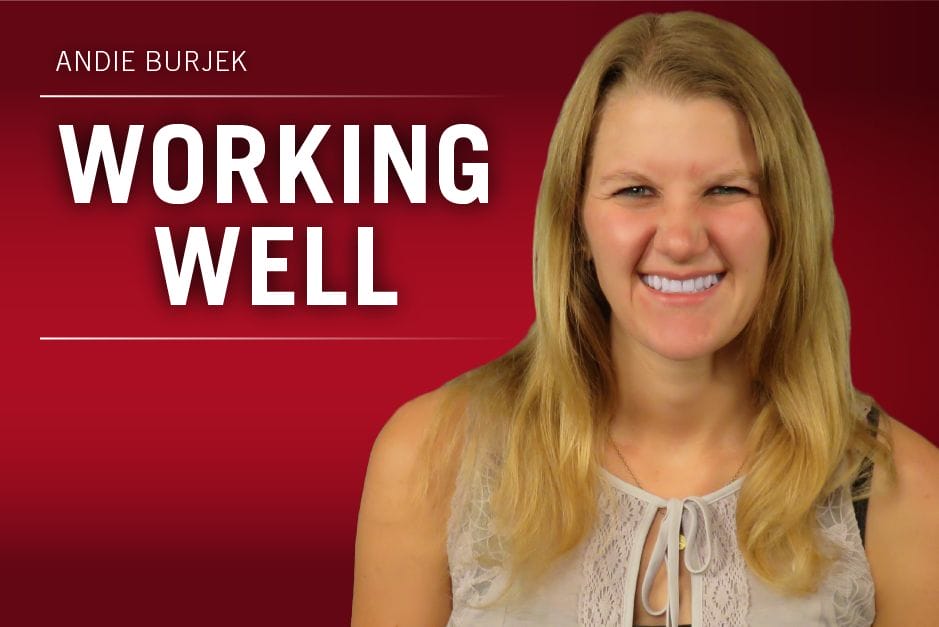
It’s the end of 2017, which means I’ve thinking a lot about what I’m looking forward to in 2018.
There are the personal thoughts, like my extended family’s pilgrimage to Slovenia, the country my grandparents immigrated from. I’m looking forward to a two-day hike up a mountain, followed by a party in a castle with at least 17 of my family members once we descend back to sea level. And then there are work things — topics I’ve grown attached to while researching and covering them this year.
I can’t say I know what developments will happen with these issues, obviously, but they’re issues I’m looking forward to keeping up with next year, and issues that could greatly impact employers.
Wellness Incentives: Ahhh, my pet topic, the one has been a constant since I began this blog for Workforce a year and a half ago. When is a wellness program truly voluntary, and when are a program’s incentives coercive? AARP even filed a lawsuit against the EEOC regarding their final wellness rule, and now the EEOC has to defend its definition of “voluntary.” The question is, if a participating employee gets to pay 30 percent less on insurance premiums for joining a wellness program, is it truly voluntary? That’s a lot of money. And the number 30 really wasn’t rendered with any specific reasoning to begin with.
 I’d need to speak to a legal expert in more detail about this case against the EEOC to understand the full scope of this suit. That being said, regardless of how large or small this scope is, it brings up issues that are critical to how companies set up and manage wellness programs. Will the wellness program of 2018 be significantly different than the wellness program of 2017? We’ll have to wait and see.
I’d need to speak to a legal expert in more detail about this case against the EEOC to understand the full scope of this suit. That being said, regardless of how large or small this scope is, it brings up issues that are critical to how companies set up and manage wellness programs. Will the wellness program of 2018 be significantly different than the wellness program of 2017? We’ll have to wait and see.
I’ve yet to find out anything new that has surfaced regarding this lawsuit since the story broke in August. As far as I can tell, the EEOC hasn’t explained its logic behind the percentage. If you come across anything on this, feel free to share it with me. Meanwhile, I’ll be on the lookout for new info.
Harassment: Then there is that Harvey Weinstein-sized elephant in the room to tackle. Workplace sexual harassment awareness has been gaining momentum these past few months, to state the obvious.
I’m curious what will happen with this next year. Despite some people’s claims that the pendulum has swung too far the other way now that a handful of prominent men have resigned or been fired due to sexual harassment or assault allegations, the pendulum has not even begun to swing. This is just the tip of the iceberg. Few people have actually taken responsibility or received jail time for sexual assault/harassment.
A recent NPR article explained how the standard for harassment under the law is so high that only 3 to 6 percent of cases make it to court, and only 2 percent of plaintiffs win their case. I’m curious in the following year what direction this will all go in. Will the #MeToo movement prompt changes in the law at all, like in the legal definition of harassment? What about NDAs? Will anything change in the court — not in the court of public opinion, but in courts that can actually punish people for serious crimes?
The Tax Bill: Many publications have posted workforce implications with the massive tax overhaul, like how commuters might lose transit benefits or how businesses realistically would spend its tax cut money. I was most interested in a throwaway line in a Washington Post article:
“Analysts predict that health insurers and pharmacy benefit managers will see profits 10 to 15 percent higher under the tax overhaul — money they could potentially put into lowering premiums for customers.”
Interesting thought. I have not been able to track down which analysts made this prediction. That being said, I’ll take this at face value for the sake of this argument. Let’s say employers and their employees see lower health and pharmacy costs. My question is, will this be enough to ease the tension of the employer-PBM relationship? PBMs, which act as the prescription-drug middleman between drugmakers and employers, haven’t exactly gone through 2017 free of scrutiny.

PBMs have their value. But some employers have been frustrated in recent years as prescription drug prices have risen, especially for specialty drugs.
They’ve also been frustrated with the lack of transparency and vague contracts in the PBM space, according to my sources in an article I wrote in the July/August print issue of Workforce.
What I’m curious about regarding the tax reform bill is, even if prices drop, would they lower enough for employers to forget about their transparency and contract frustrations? I’d expect not, but that’ll be something to look out for next year. Will employers and employees see their prescription drugs costs lower, and if they do, will that ease the criticism leveled against the PBM industry?
Now I’m off for the rest of the year to spend some time with my family and an adorable pit bull (who unfortunately cannot attend the big European trip with us. At 65 pounds, he can’t do air travel). Happy holidays, readers, and see you in 2018!
Andie Burjek is a Workforce associate editor. You can find Workforce on Twitter at @workforcenews. Comment below or email editors@workforce.com.








